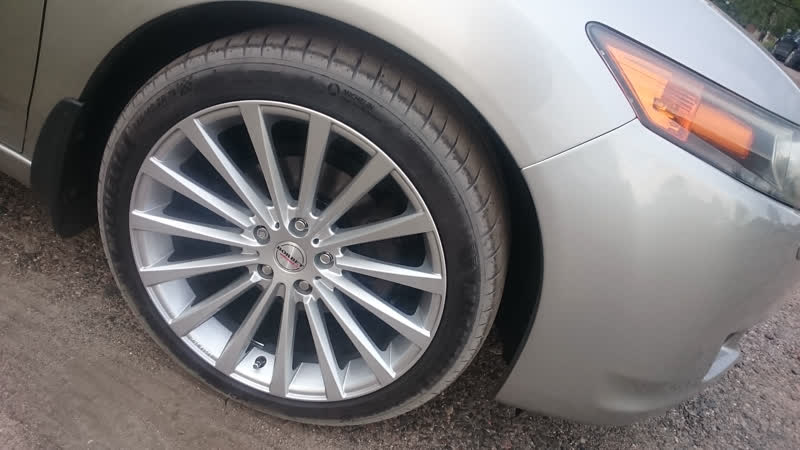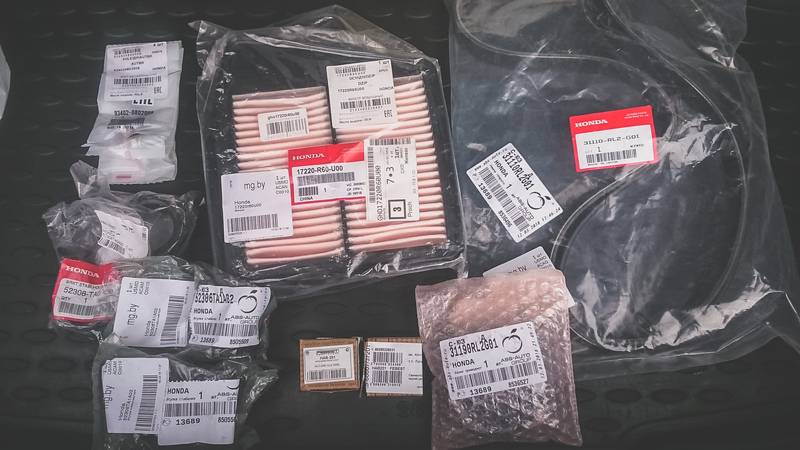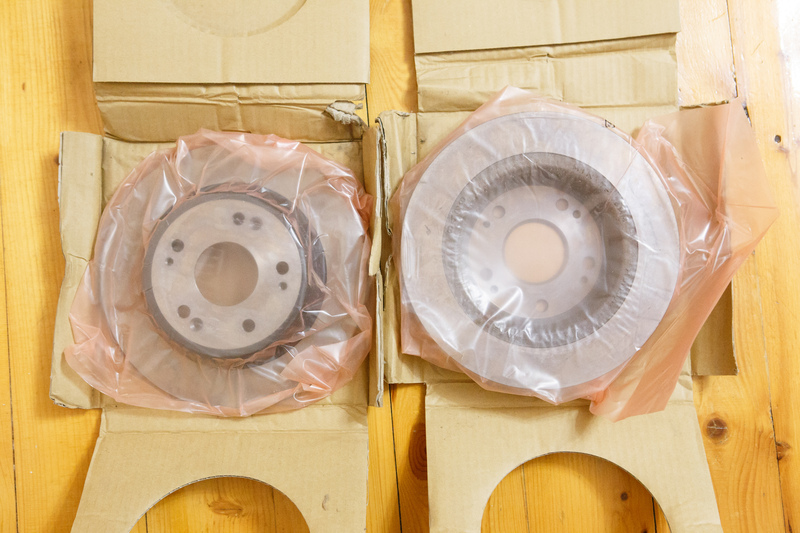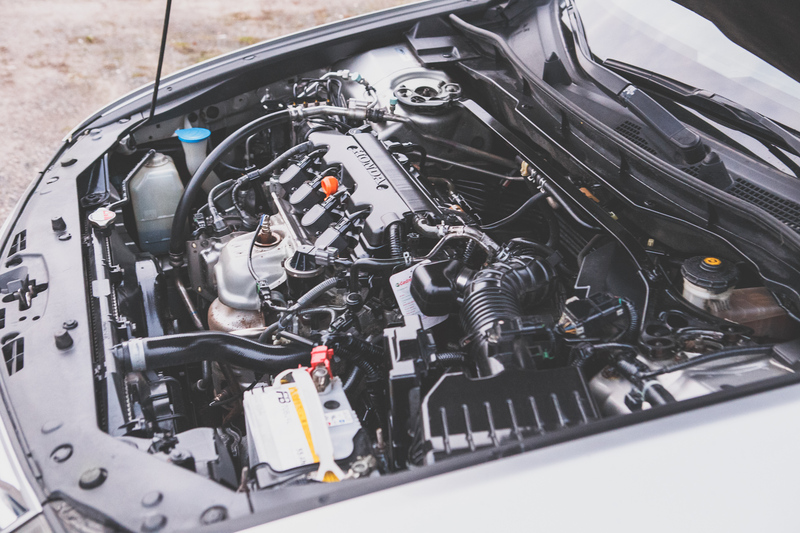After a recent trip covering approximately 800 km, a clicking noise emerged.
This repetitive, clear sound accelerates with the engine RPMs and is heard from the passenger side. It’s unlikely to be the timing chain, as there are no error codes, and the noise is too rhythmic. Valves adjustment is scheduled in another 2,000 km, but it’s doubtful they’re the cause since the sound is present both when the engine is cold and after it’s warmed up.
Vibrations were felt on the steering wheel at idle in Drive and Reverse gears, a problem frequently discussed on forums with various attributed causes: mounts, valves, timing chain, spark plugs, fuel, etc.
Lately, the vibrations became uncomfortable even for passengers. After analysis and monitoring the progression of the vibrations, it was concluded that the engine and transmission mounts were worn out. A visual inspection didn’t reveal any obvious issues — all mounts were intact, with no cracks.
During a routine inspection, it was recommended to replace the rear stabilizer bushings and silent blocks (bushings) of the rear hub. Obtaining the bushings posed no challenge, but the original silent blocks come pre-assembled with arms, stabilizers, and hubs.
The delivery time for the Honda 52210-TC0-T00 steering knuckle ranges from 57 to 129 days. Consequently, Febest HAB-201 lower rear hub silent blocks were temporarily installed. The bolts and fittings for the bushings were replaced, too.
Experiencing symptoms similar to a fellow Accord owner in Russia, it was noted that while stationary with the engine running, if the brake pedal was pressed hard, it would gradually sink to the floor.
This condition is indicative of a potential hydraulic system issue, such as air in the brake lines, a master cylinder fault, or brake fluid leakage, which could compromise braking efficiency and safety. Given these symptoms, a decision was made to replace the rear and front brake components as a precautionary measure and to potentially address the underlying issue.
At 174,448 km, another round of oil and a couple of filters were replaced, covering 4,869 km since the last change.
Engine oil filter / Honda 15400PLMA1 Drain plug sealing ring / Honda 94109-140-00 Engine oil / Honda Ultra Leo 0W20 (0821799974, metal canister, 4L, Japan) Cabin filter / Honda 80292-SDC-505HE Air filter / Honda 17220-R60-U00 Total cost: 89.9 USD
At 176,634 km, tires. New summer wheels were fitted. In addition to the tires, wheel locks were purchased.
Engine compartment cleaning is an often overlooked aspect of vehicle maintenance that can prevent corrosion, improve performance, and increase the lifespan of various components. Here’s a step-by-step guide based on the sequence of application:
Brush: Use a brush to clean off sand, leaves, and bugs. This initial step removes loose debris that could otherwise get trapped or cause damage during the wet cleaning process.
10mm wrench: Utilize a 10mm wrench to disconnect the battery.
At 154,500 km, an oil and filter change was conducted. The previous 0W20 lasted 6,248 km without any burn-off.
Engine oil filter / Honda 15400PLMA1 Drain plug sealing ring / Honda 94109-140-00 Engine oil / Honda Ultra Leo 0W20 (0821799974, metal canister, 4L, Japan) Total cost: 51.7 USD
At 158,122 km, during a routine inspection, it was recommended to replace a pair of front suspension bushings. Decided to replace the arms entirely along with the stabilizer struts.
The Accord was purchased in August 2015 in Minsk from its third owner (having had two in Russia). It came with a filled service book, an accident-free body (verified with a thickness gauge, plus original glass, untouched nuts, correct gaps, minor chips, and light webbing on the lacquer), rust protection, a well-maintained interior, mostly original parts, and two sets of wheels and tires.
At 148,252 km, the first maintenance was carried out, including:
General overview
Why I prefer a stock Honda Accord 8?









